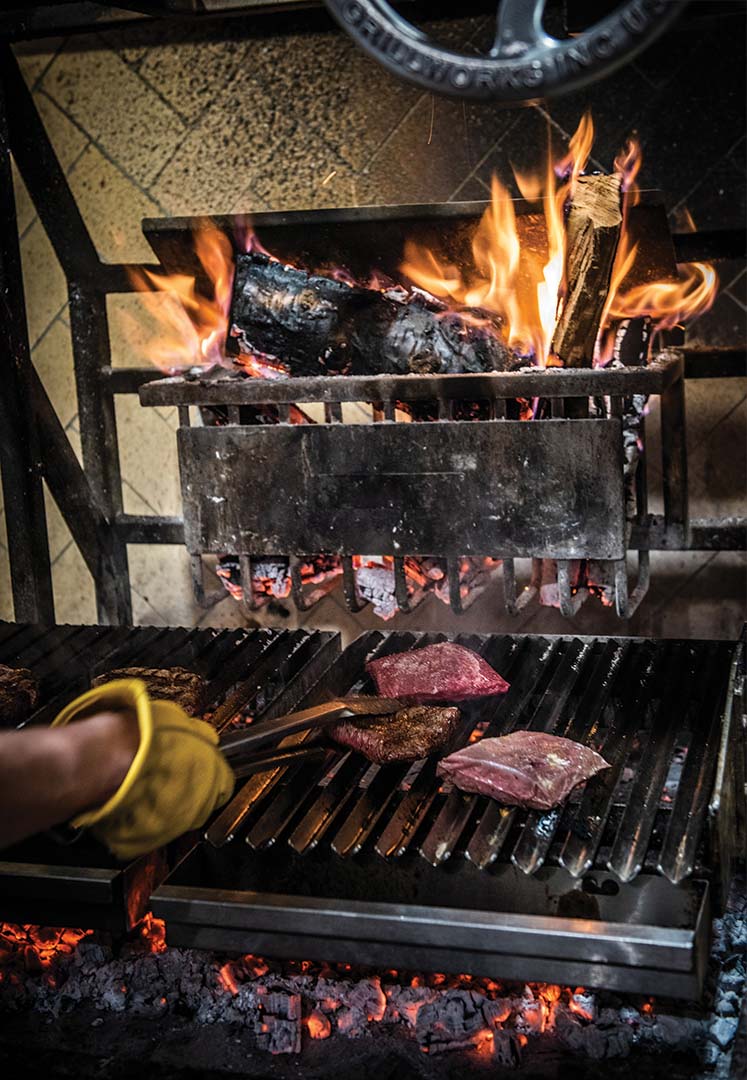
30 Jan Dining Out: The Union
Depending on which way the wind blows, the winter air smells of wood smoke — deep and almost sweet — for blocks around The Union, where meat is being grilled over an open fire. The warm glow from what was once Helena, Montana’s beloved Union Market spills onto the street in Last Chance Gulch, beckoning. Inside, the scent grows richer. Sparks flitter from the Argentinian grill, where two chefs use tools that look as though they belong in a blacksmith shop, raising and lowering steaks and chops to the flame with steel wheels. Stories line the walls in black-and-white photos, old and new, of family ranching in Montana. The tables and green-leather booths are full at the dinner hour; servers glide around each other, looking choreographed, on caramel-colored wood floors that show the marks of generations. A classic butcher counter occupies one corner near the entryway. Neatly piled stacks of cut wood — apple and cherry — abound.
Opened in April of 2024, but years in the making — or generations, depending on how you see things — The Union is the flagship restaurant of Old Salt Co-op, a family-owned and -operated meat company that espouses land stewardship, sustainable agriculture, and community connection in the best Montana traditions. Indeed, Old Salt Co-op’s tagline — “More than a meat company” — is a delicious understatement.
Old traditions meld with a timeless land ethic
Cole Mannix grew up on his family’s ranch in Helmville, Montana. His parents, siblings, and cousins all live and work on the ranch where they’ve run cattle since the 1880s when his great-great- grandfather left Ireland. “We had a nice little meat program,” Mannix says of their family business in the mid-2010s, selling beef locally from 300 head of cattle each year. The business worked, and he was proud that their land was in even better shape than it had been 20 years before, but in order to build anything that might scale, he knew they’d need to sell at least 3,000 animals direct to consumer annually. And, without a slaughterhouse or custom processing available, that wasn’t in the cards. Mannix kept thinking: What if his family worked with other family ranchers who produced beef in similarly sustainable and regenerative ways, ways that pay attention to soil health and grazing patterns while incorporating predator-friendly practices, climate stabilization, and wildlife habitat protection?
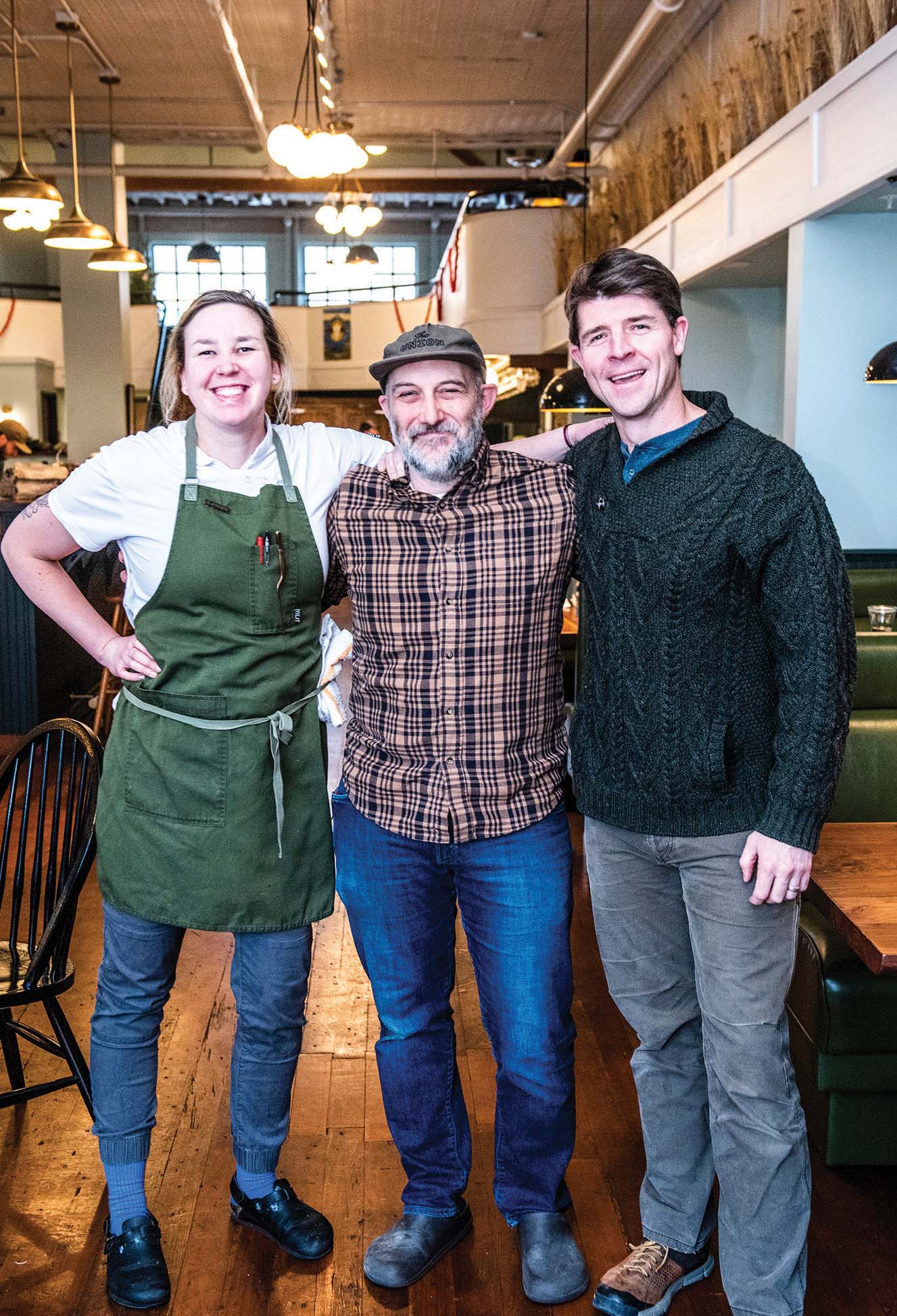
Union Head Chef Emma Ramirez, Old Salt Co-op Culinary Director and Co-founder Andrew Mace, and Old Salt Co-op President and Co-founder Cole Mannix (pictured left to right) all bring their unique expertise to the fore at The Union in Helena, Montana.
In the fall of 2020, at the height of the pandemic, Mannix invited friends from Sieben Ranch and J Bar L to come over and share ideas. In what might have been deemed fortuitous, depending on the perspective, they got snowed in, allowing for plenty of time to discuss a shared need to become more than just producers, to create a food culture capable of regenerating the land. What emerged over time was the Old Salt Co-op and a comprehensive business plan that looked at the whole picture.
Step one, Mannix says, was serving Old Salt beef, smashburger-style, at the Outpost, a popular bar in Helena’s Last Chance Gulch. That was in October of 2021.
The next step was to build community with a festival. The Old Salt Festival launched on his family’s ranch in the summer of 2023. By bringing together musicians, writers, artists, and celebrity chefs to celebrate regenerative culture, Old Salt embodied the dream Mannix and his cohorts had envisioned that snowy day. “We were ready to break some boundaries on what it means to be a festival,” Mannix says of the magic that happened there. The team has just announced dates for their third festival: June 20 – 22, 2025.
That same summer, Old Salt undertook step three of their plan: buying what was once a wild-game processing facility near town and updating it to meet their needs for beef, pork, and lamb. Due to federal regulations, they could still only sell directly to consumers or in their own establishments — like the Outpost — but the plant allowed them to make the best use of every animal they harvested, which led, naturally enough, to step four.
The Union tells the story of Old Salt with every meal
More than just another step in the business plan, The Union is something of a storytelling device. It’s one thing to believe in a land ethic, to know the value of food integrity and the importance of provenance, Mannix says, but it’s another thing entirely to experience it in person, taste it, and be nourished by it. “It’s more of an aesthetic experience of beauty,” he says. And he’s right.
Seated near the front windows, with a perfect view of the grill, we don’t have to wait long to hear our server, Emily, tell us about this evening’s three steaks. She’s as excited about our meal as we are and explains where the steaks were sourced on the animal and describes the texture and consistency of each cut. “The petite tender comes from the shoulder, is relatively lean, and very tender. The flat iron also comes from the shoulder and has a pronounced flavor due to the blood flow; it’s a thinner steak, so we give it a quick searing. The dry-aged coulotte is from the top sirloin, a Brazilian cut, and is tender, with a nuttiness from the dry aging.”
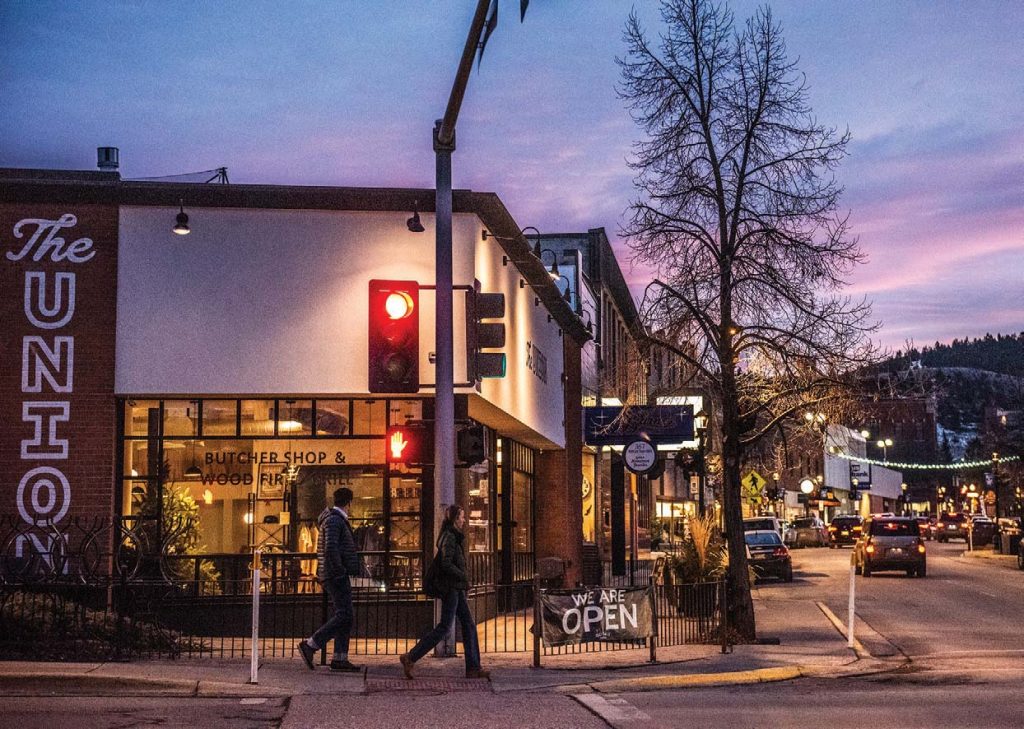
The Union Butcher Shop & Wood-Fired Grill sits on the southeast corner of East Lawrence Street and Last Chance Gulch in downtown Helena, while the Old Salt Outpost — featuring grass-fed burgers and beef-fried potatoes — occupies the northwest corner of Last Chance Gulch.
Even though there are only two of us, my intrepid companion and I are not afraid to order all three, plus about half of everything else on the menu. Neither were we disappointed. (Even the next day, when we were lucky enough to make cold steak sandwiches, the purest sign of meat quality, from our doggy bag.)
The menu is compact, but what is remarkable is the way that every dish is built around the whole animal, all of which are raised on one of Old Salt’s now five member ranches — LF Ranch and Cordova joined after the founding three — and processed locally. And the menu features more than just steaks and chops; the humble fat and organs, even the marrow, are showcased in such delicacies as marrow butter, beef liver pâté, and rosemary salted lardo. The Montana-ness of the menu is striking, too: Burgers come on buns from Conservation Grains in Choteau, and many of the vegetables are grown in Missoula at Winter Kissed Farm. Other sourcing partners include Montana dairies and cheesemakers, bakeries, and growers. “The menu works hard to source ingredients that have integrity and provenance,” says Old Salt co-founder Andrew Mace, whom Mannix describes as “the culinary talent behind everything.”
We try the fried Brussels sprouts; the beer-battered beef-fat-fried onions with chanterelle mushrooms and scallion ranch dressing; and the air-dried beef carpaccio with Manchego cheese, olives, and spicy greens. They are even more beautiful than they sound, and we don’t leave a bite to take home. With our mouthwatering steaks, we try the badger flame beet and persimmon salad; the coal roasted honeynut squash with garlic cream and fried sage; and the winter risotto with parsnips, pears, goat cheese, and crispy sunchokes. There is a wildness to all of it, too; not just because we know where it’s from, but because it tastes like where it’s from.
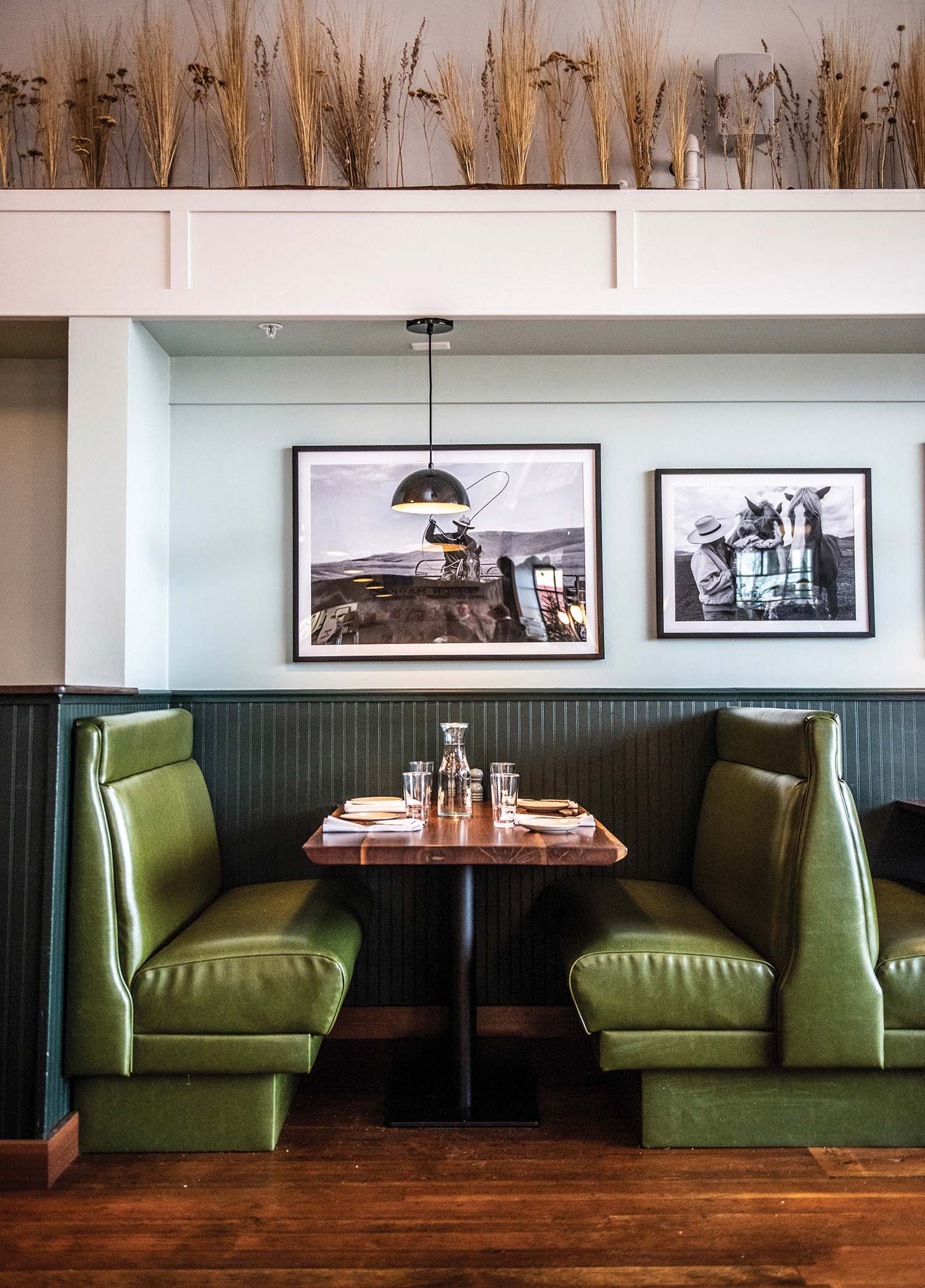
The Union’s decor features native grasses on a ledge above green leather booths up front, and large black-and-white photos of Old Salt partner ranches throughout the ground floor.
Mace — who grew up in Laurel, Montana and wanted to get his family back to the state after a culinary career in Portland, Oregon — explains that the intention behind The Union was to serve the highest quality food in an approachable setting. (Appetizers range from $8 to $10, and entrées vary from $19 to $33.) The menu relies on animal fats and butter rather than seed oils. “We render it here,” Mace says, acknowledging the more intensive labor required to do so. Old Salt butchers 12 animals every other week, and their menus, shop, and online orders come entirely from those animals.
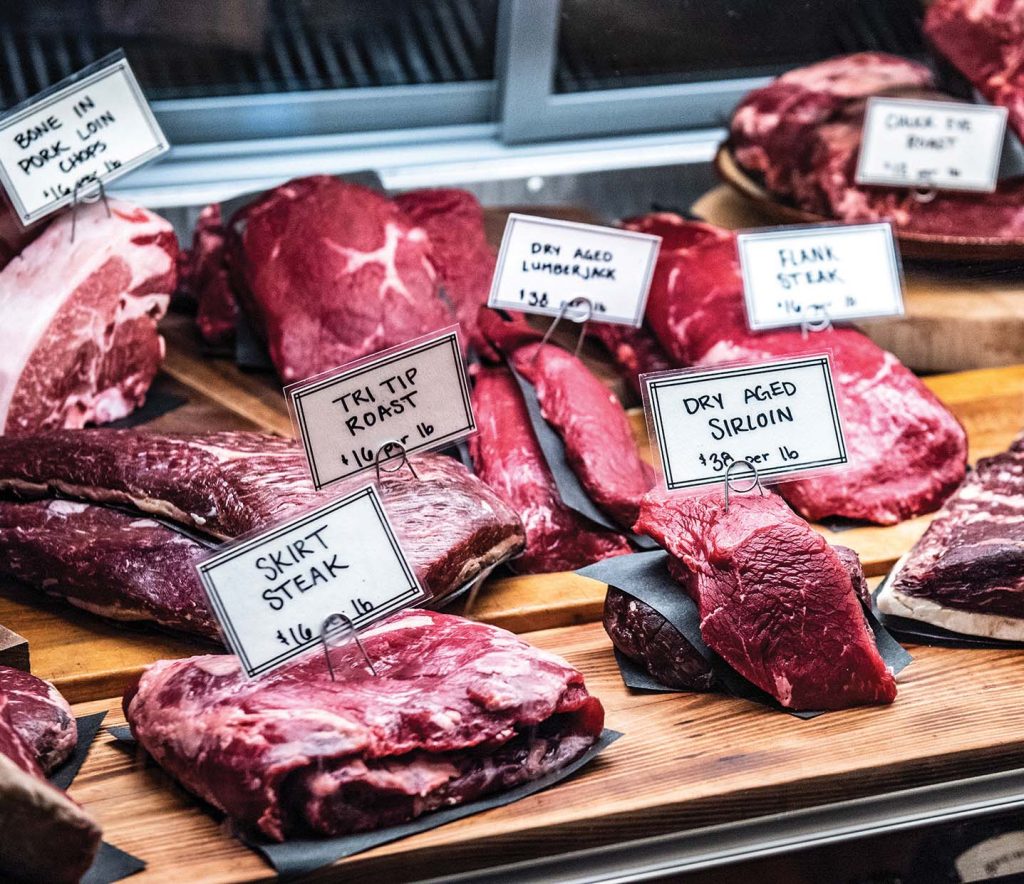
The butcher case at The Union Butcher Shop features premium cuts of locally sourced meat to be enjoyed at home.
Mace remakes the menu with Head Chef Emma Ramirez every few weeks as ingredients come and go, and says there is a constant focus on educating both staff and customers. I think of Emily and what she taught us. When I ask if they think their job is to appeal more to customers philosophically or sensually, Mace is clear: “It has to be both.”
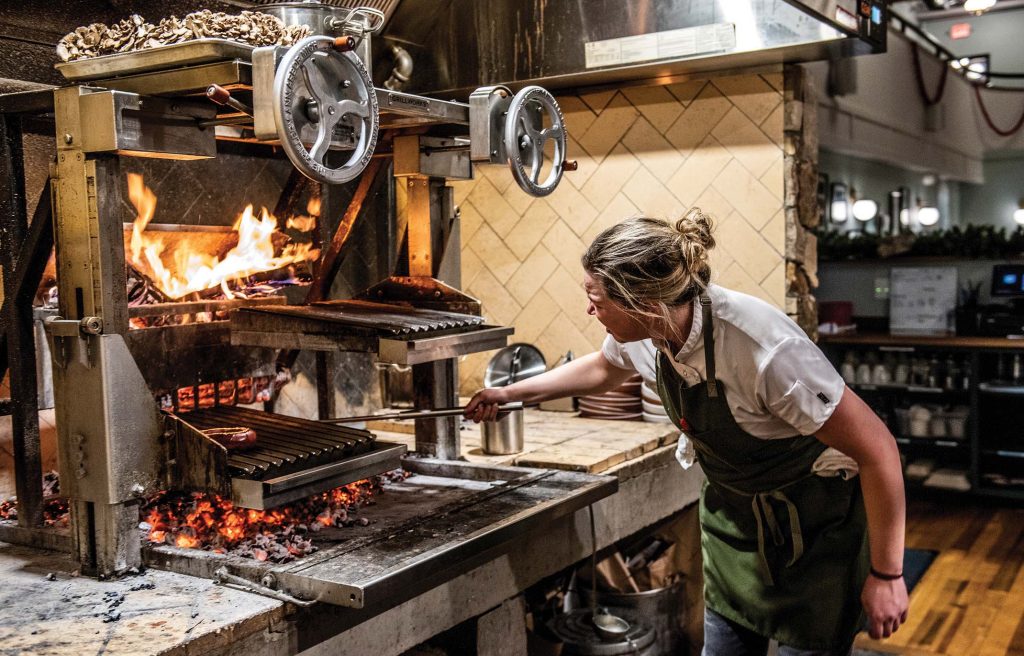
Chef Ramirez tends the fire and rakes the wood-fired stove’s coals during a recent service.
And it is. My companion and I leave full but not stuffed, making plans already to go to the Old Salt Festival come summer. We feel nourished, better than we did a few hours before, and somehow, a little more in love with our home state. For Christmas, I send boxes of Old Salt beef and pork to beloveds across the country. I want them to taste what I now know.
Coal-Roasted Butternut Squash
By Andrew Mace
The magic of this dish is in exploring new methods of cooking vegetables directly on the coals of a charcoal or wood-fired grill. This method creates charred bits of squash, adding an exciting smoky layer of flavor to the dish. If you don’t have a grill, you can achieve a similar (but slightly less impressive) result by using the broiler setting on your oven.

Serves 2–4
1 pound Delicata squash
(or acorn or butternut squash)
1 pint heavy cream
6–8 garlic cloves, peeled and minced or microplaned into a paste
2 teaspoons salt
1 bay leaf
⅓ cup local honey
1 teaspoon chili flakes
⅓ cup avocado oil (or other high-heat oil)
¼ cup pepitas, almonds, and sunflower seeds (or other seed/nut mix of you choice)
1 bunch fresh sage leaves
Juice from 1 lemon
Flake salt
Preheat oven to 350°F. Peel the squash with a vegetable peeler. Cut in half, leaving the seeds intact. Place onto a small sheet tray, cut side down. Drizzle with olive or avocado oil and lightly season with salt. Roast in oven for about 15–25 minutes, until just fork tender. Remove squash and allow to fully cool. Scoop out seeds and compost or discard.
While squash cooks, place cream, garlic, salt, and bay leaf into a small sauce pot. Bring to a simmer, then turn heat down as low as possible and reduce for about 5 minutes, or until cream nicely coats the back of a spoon. Set aside.
Next prepare the hot honey sauce. Place honey and chili flakes in a microwave-safe bowl and mix together. Microwave for about 45 seconds, or until honey begins to bubble.
To make the crispy sage and nut topping, add avocado oil to a medium-sized sauté pan and place over medium heat. When the oil gets shimmery and hot (but not smoking) add nuts and seeds of your choice and lightly fry for about 1–2 minutes. Using a slotted spoon, remove from the oil and place onto a plate with a paper towel to soak up the excess oil. Add the sage leaves to the oil and repeat that same process. While the sage and nuts are still hot, season with salt and black pepper and toss together. Let cool.
To finish the dish, light your grill and allow the coals to become white-hot. Just before placing the squash on, give the coals a big blow of air to remove excess ash. Using tongs, carefully place squash on the coals and allow to cook for about 1 minute. Flip each half over and cook for another minute or so, until blackened in spots. Make sure the squash has reheated all the way through. (If using an oven broiler, place squash on top rack and allow broiler to slightly burn and char the squash.)
Place charred squash on a serving dish. Drizzle with fresh lemon juice and sprinkle with flake salt. Generously pour the garlic cream over the squash, filling all the nooks and crannies. Drizzle with hot honey and scatter the toasted sage and nut mix evenly over the top. Serve immediately.
Carter Walker is the author of several guidebooks, including Moon Montana & Wyoming (November 2022), Moon Montana (January 2023), Moon Wyoming (January 2023), and Moon Yellowstone to Glacier National Park Road Trip (May 2023). She lives in the Horseshoe Hills of Montana with her partner, two daughters, and a motley collection of well-traveled animals.
Photographer Lynn Donaldson shoots regularly for National Geographic, National Geographic Traveler, Travel & Leisure, Sunset, and The New York Times. The founder and editor of the Montana food and travel blog The Last Best Plates, Donaldson lives outside of Livingston, Montana with her husband and three children.



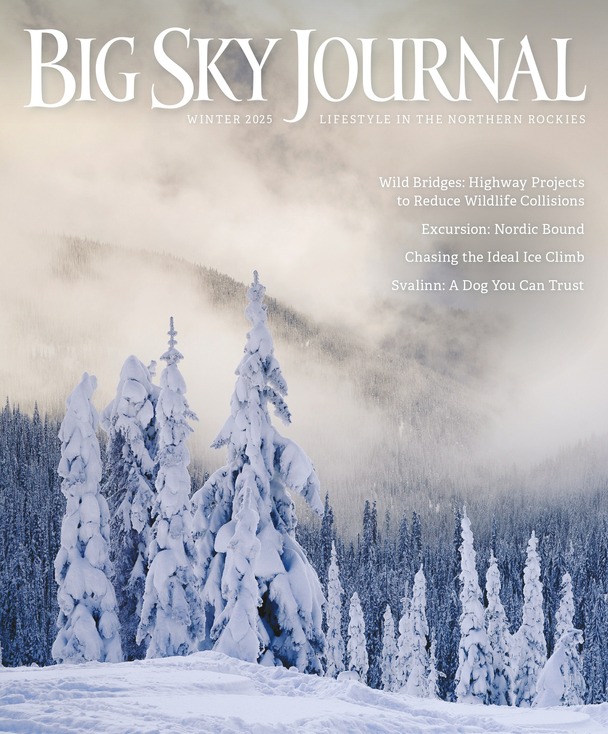
No Comments